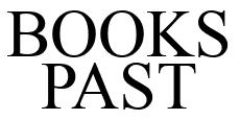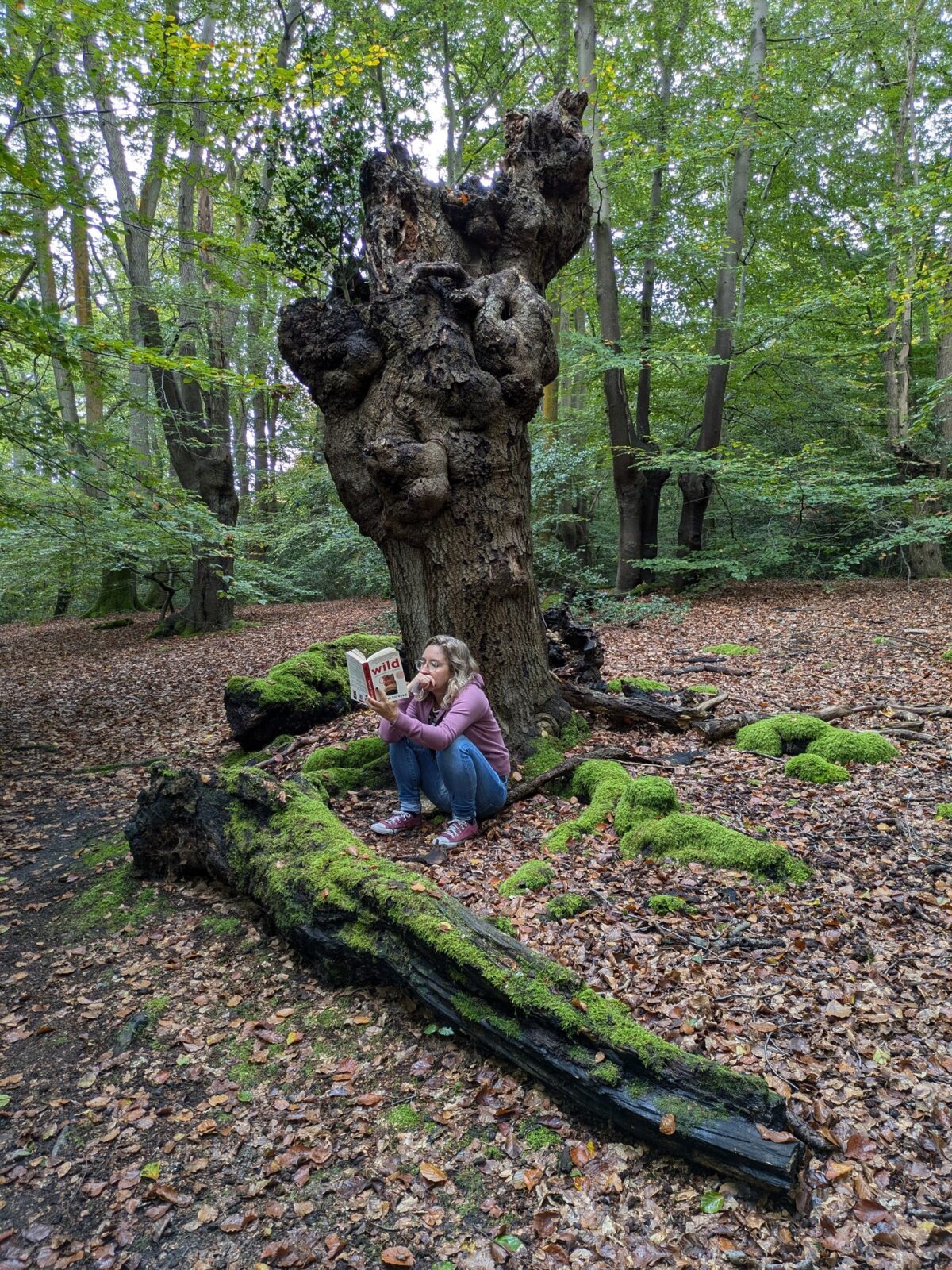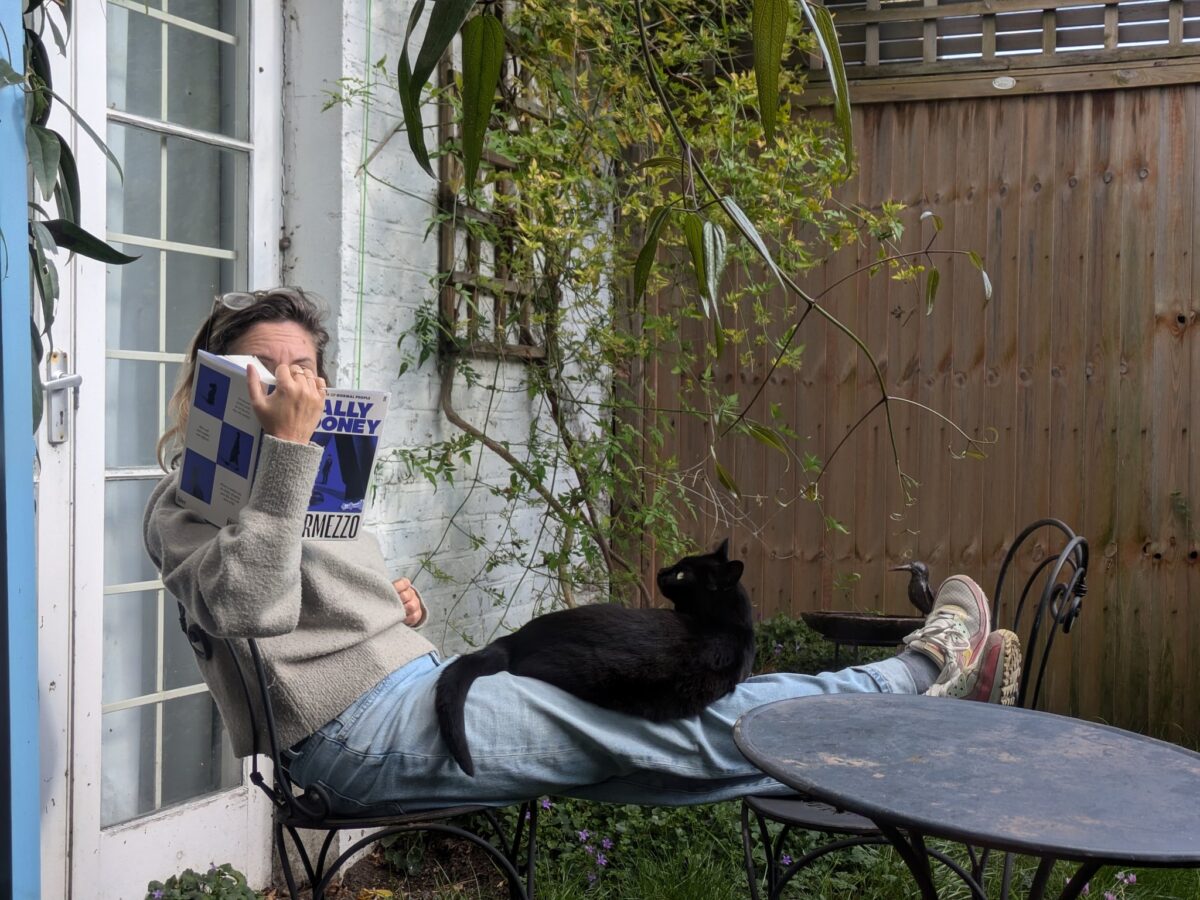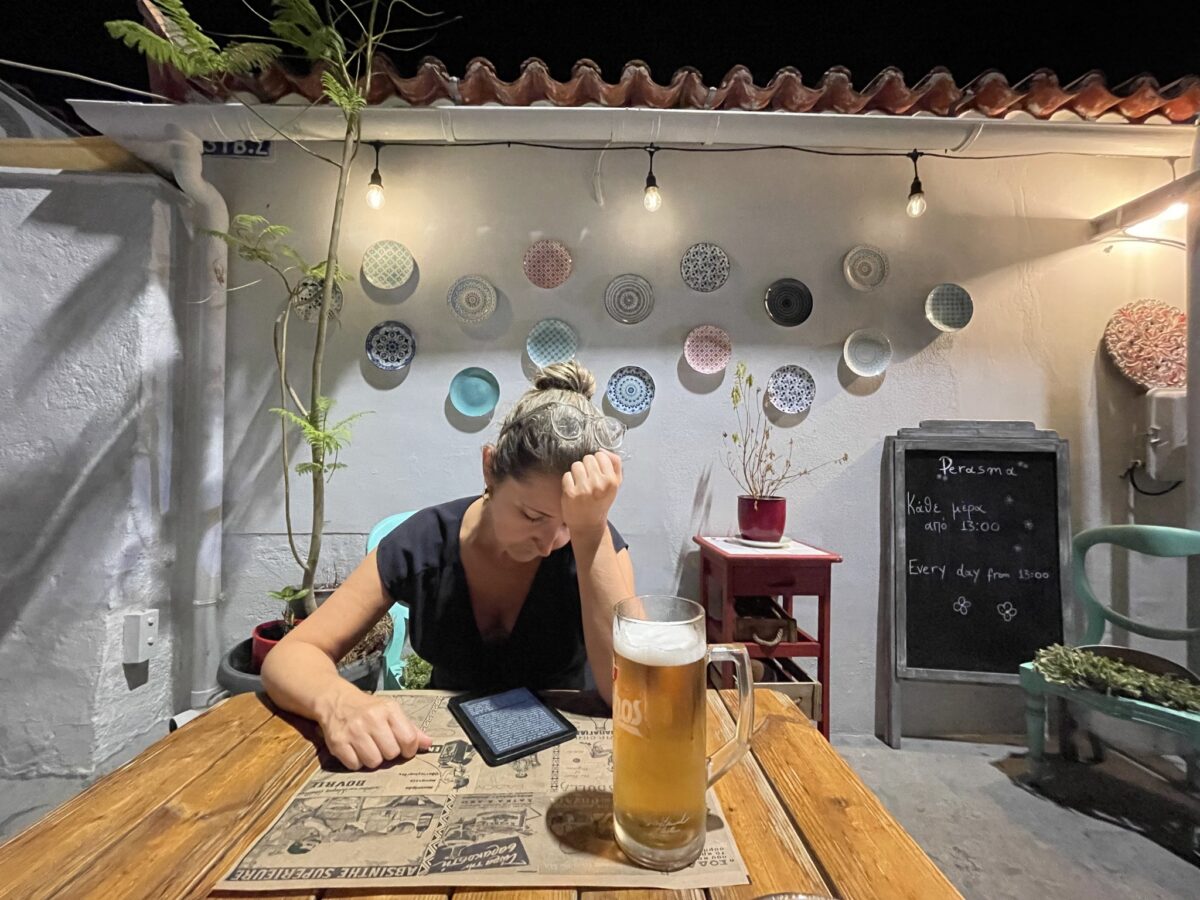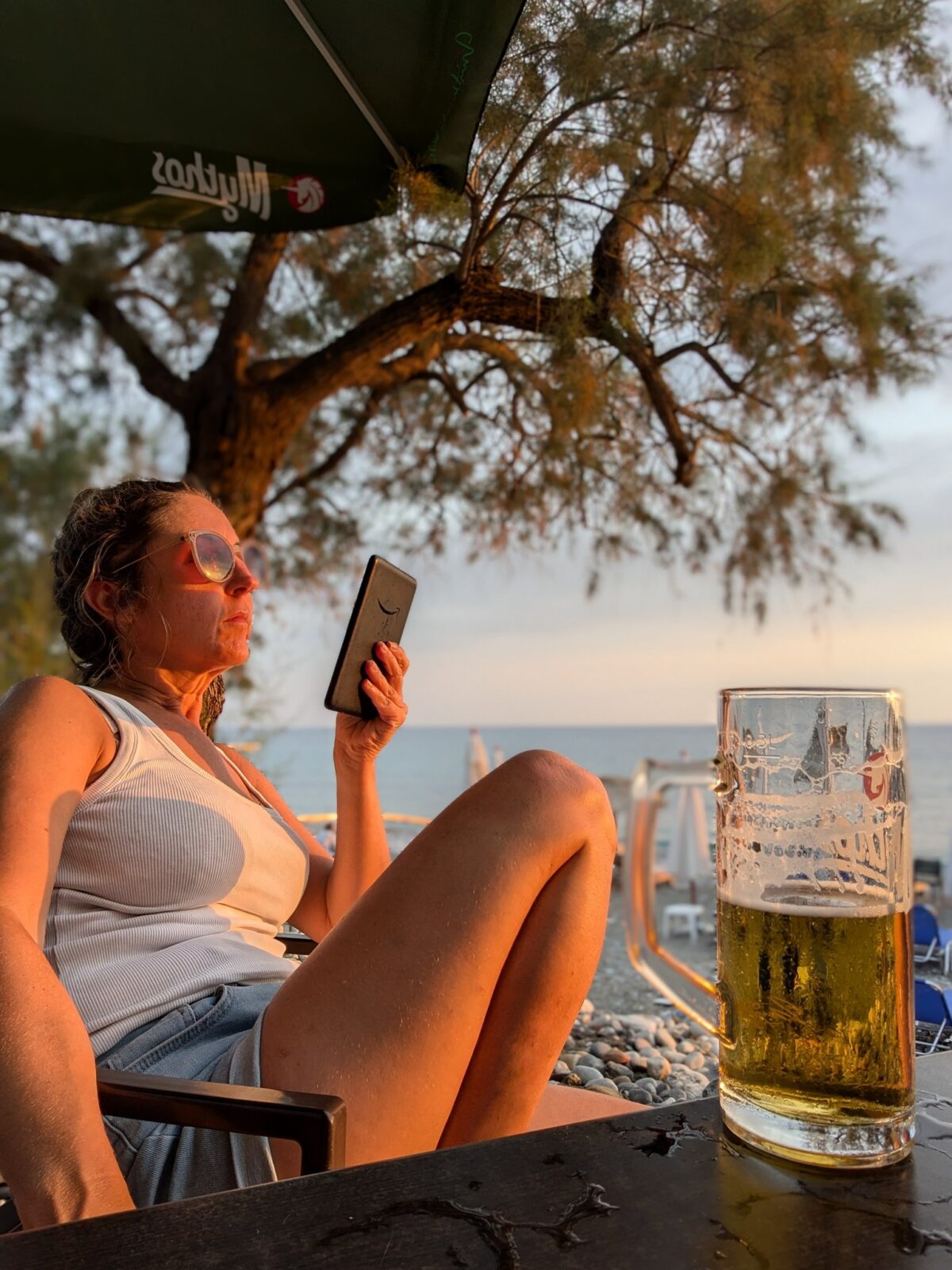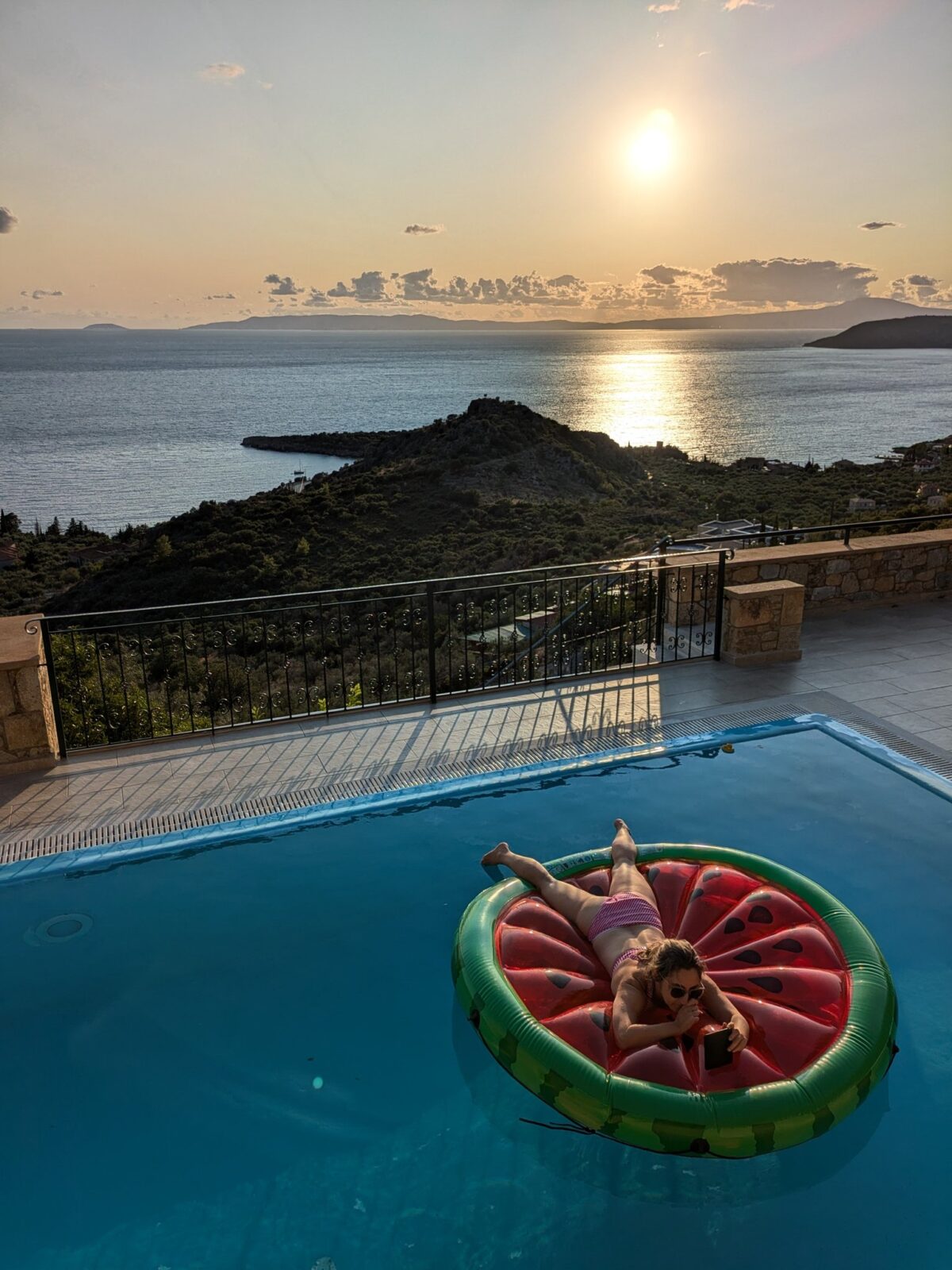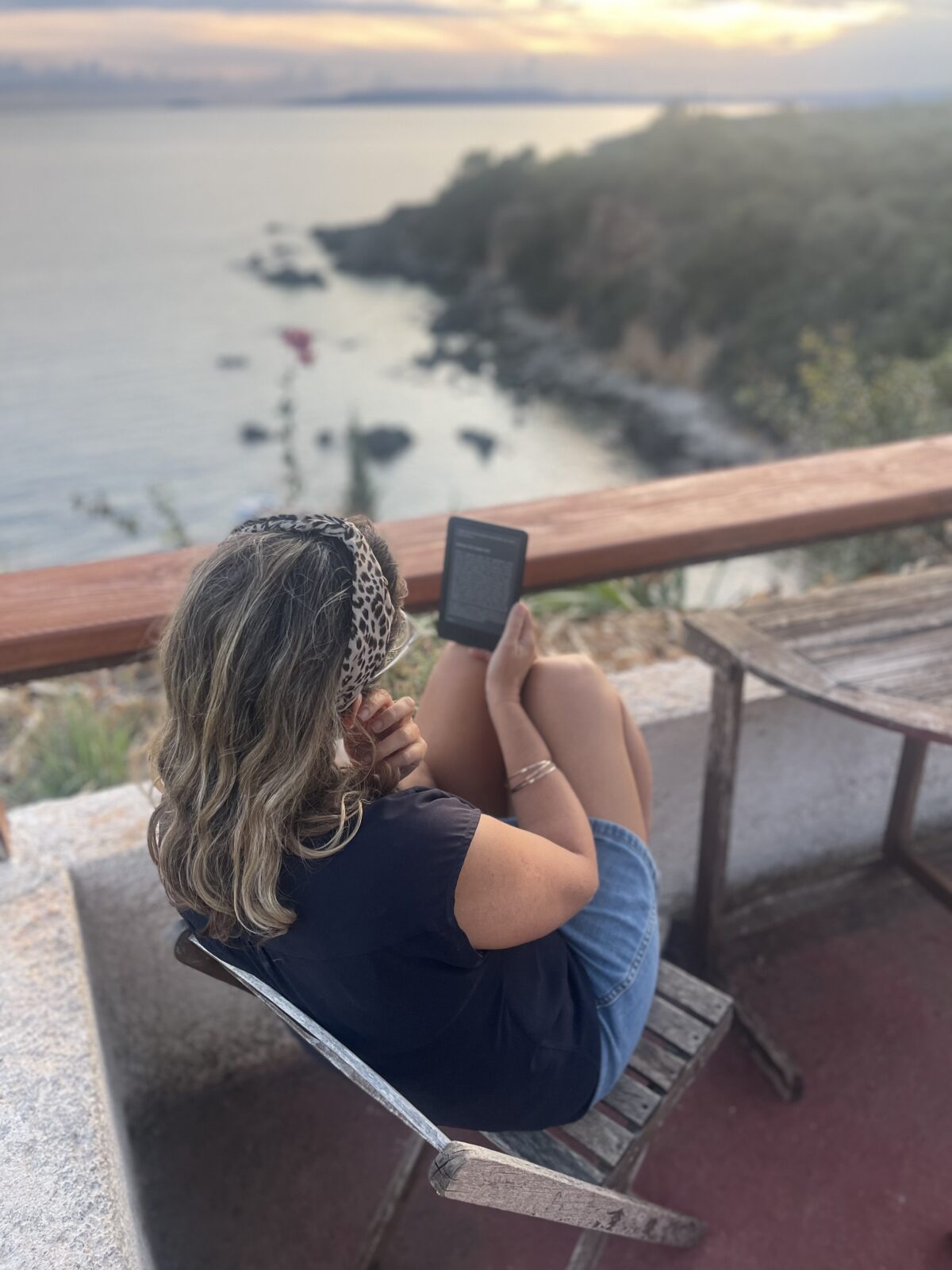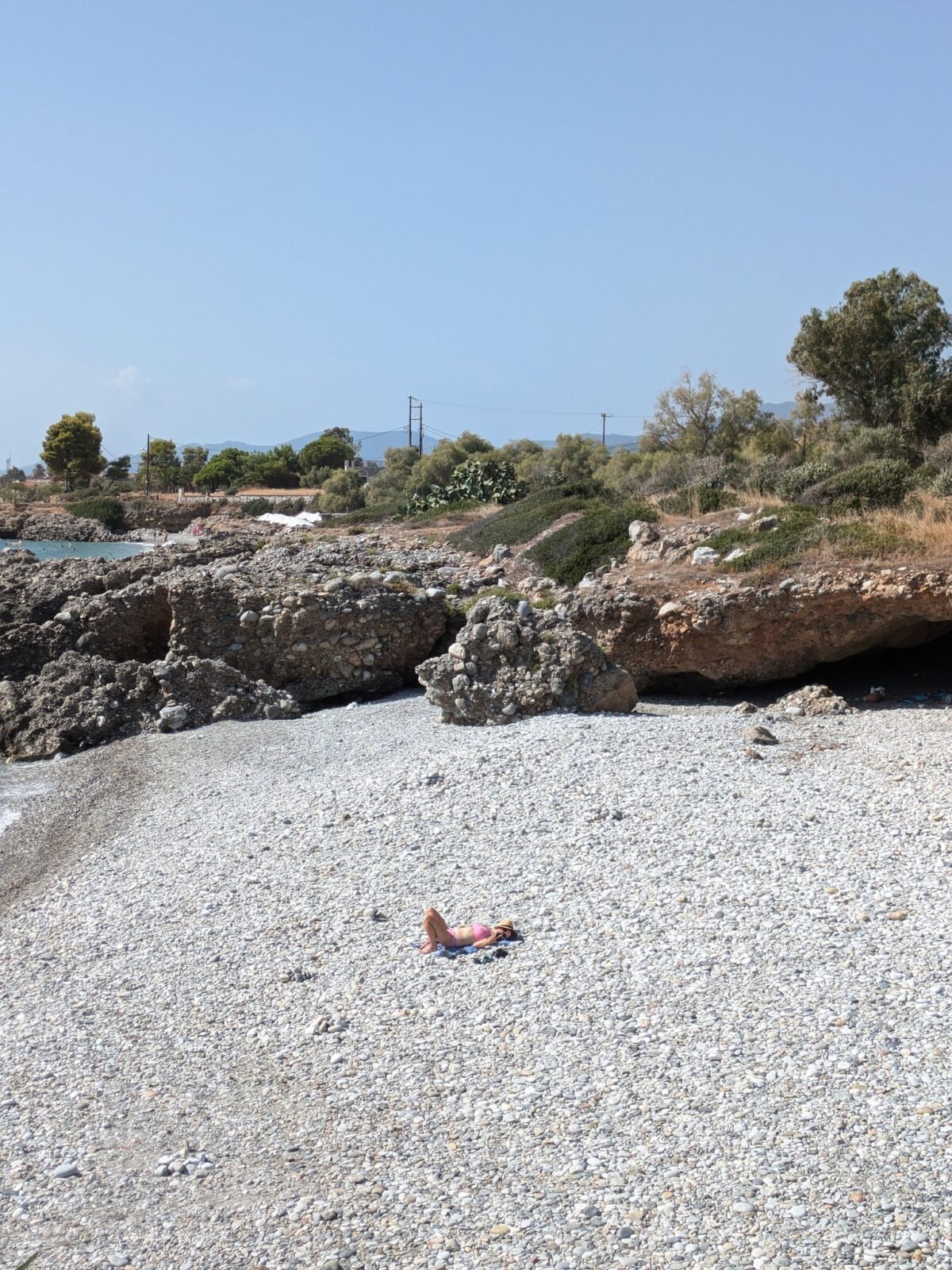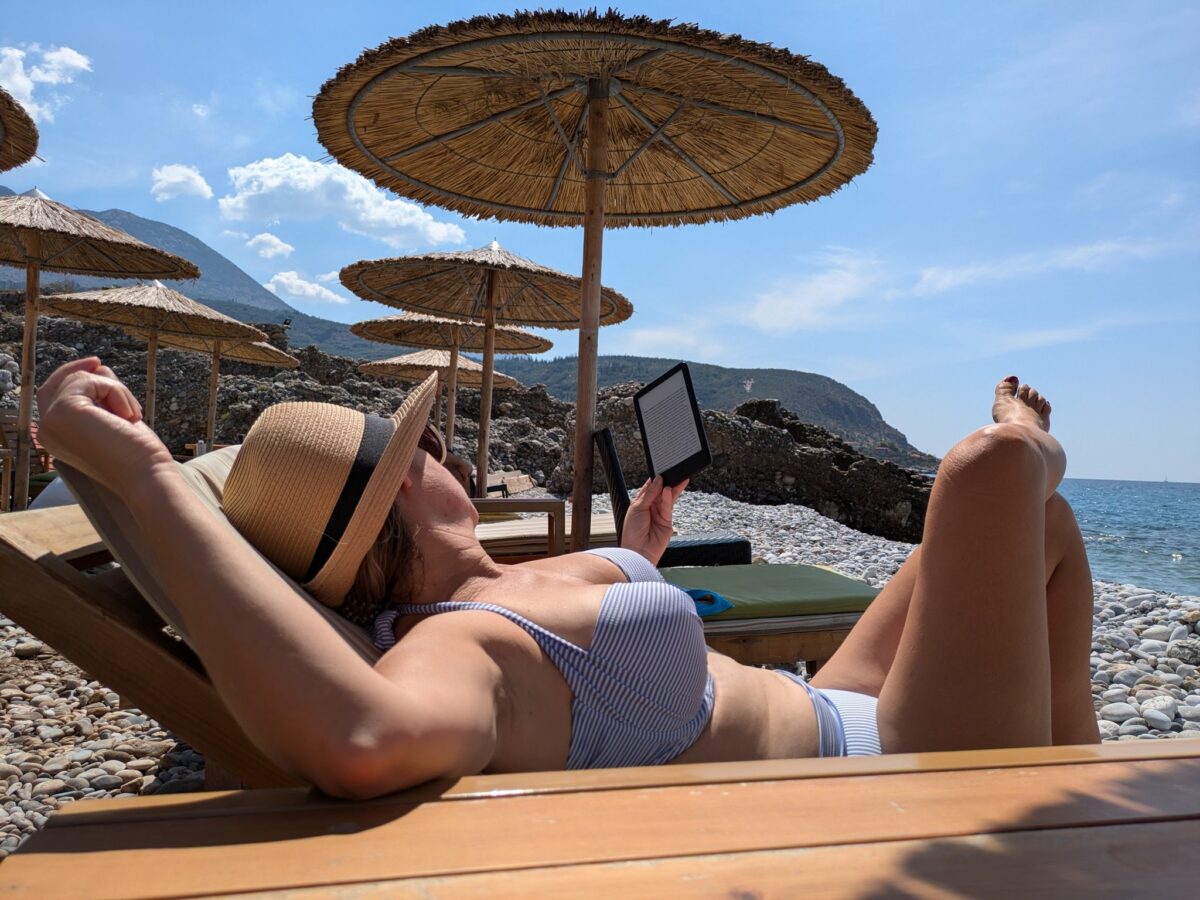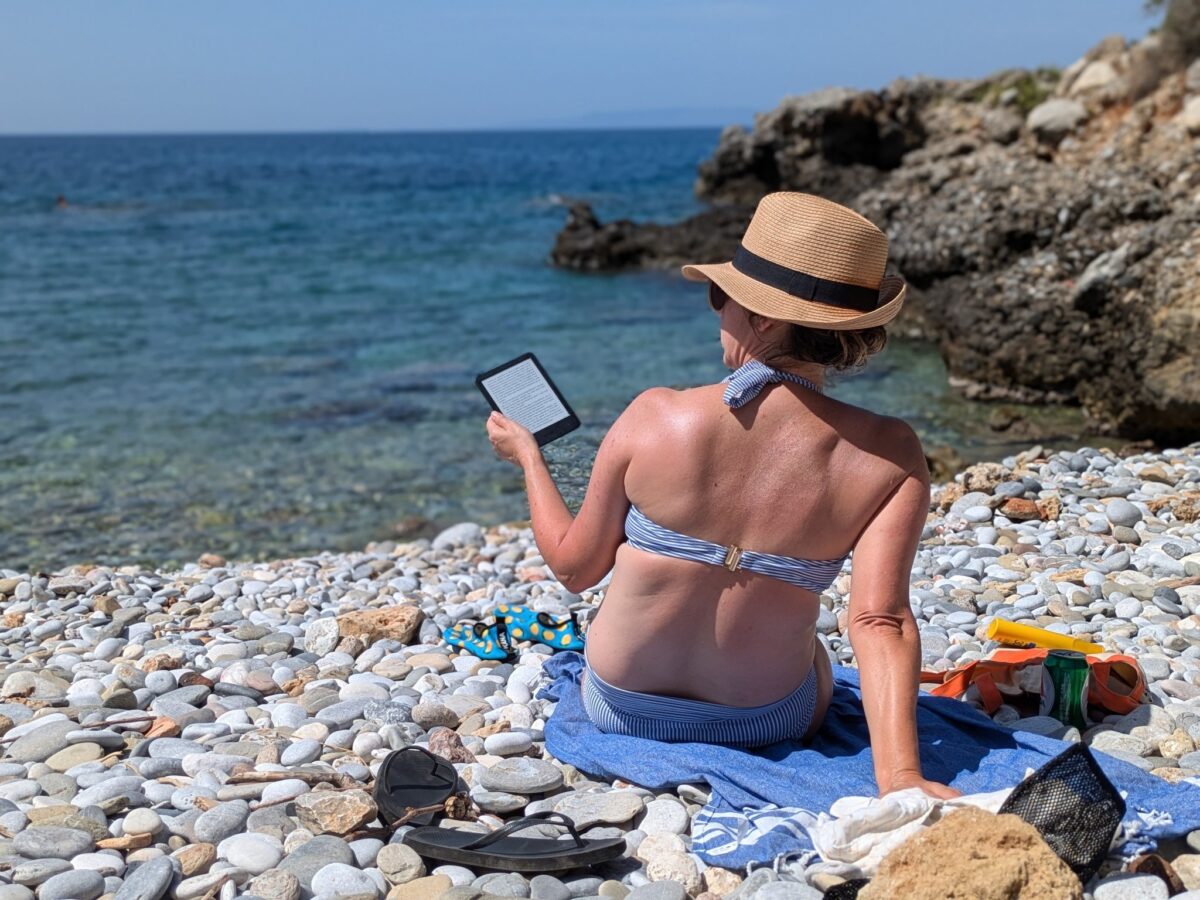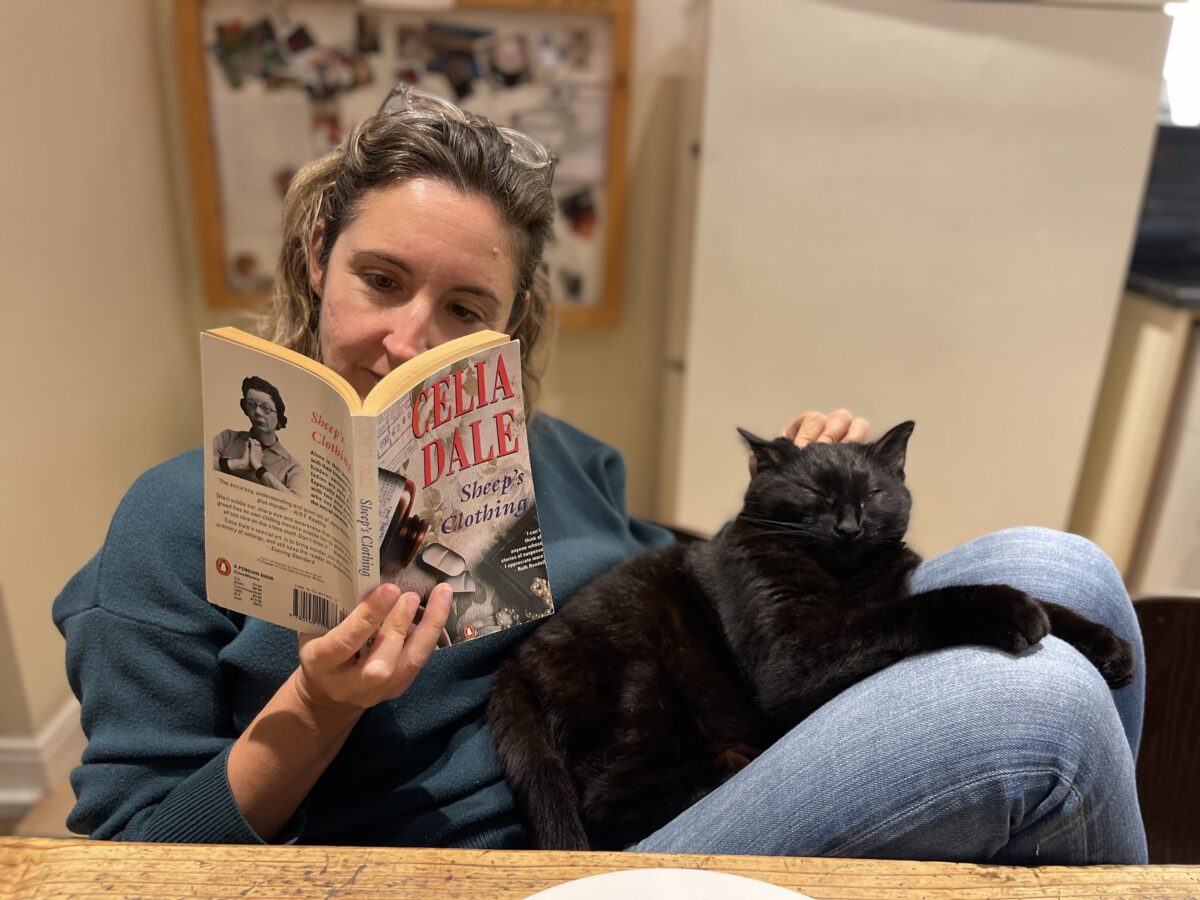For some reason I thought this was going to be kind of cheesy – maybe because it was made into a movie that was marketed as ‘inspiring’? – but in fact I did find it kind of inspiring.
It tells the true story of a woman in her 20s whose life has spiralled since her mother’s death, with divorce, heroin usage, and etc. She therefore decides to walk thousands of miles along the Pacific Crest Trail, which goes up the West Coast of the US, from Mexico to Canada. She is ill prepared; she does not try out her pack before she begins, and once there finds out she cannot even lift it off the floor. She gets stronger as she goes along, losing 6 of her 10 toenails to the trail. She comes across coyotes, elks, and bears multiple times. She is threatened with sexual assault, but only the once, which is I think surprisingly good going for 3 months on your own, even if it is in the wilderness.
I was especially struck by how distant the 1990s felt. She does not have a phone, which seemed to me incredibly and impossibly lonely. I don’t know this surprises me so much: I was an adult before I had a phone myself, and I don’t remember being lonely without it.
I guess there is some deep evolutionary drive behind the long walk, because so many human societies have sanctioned it with the idea of a pilgrimage. It was interesting to read this very personal, spontaneous version of this idea, and to see how, toenails aside, it helped this lady get a handle on her life.
